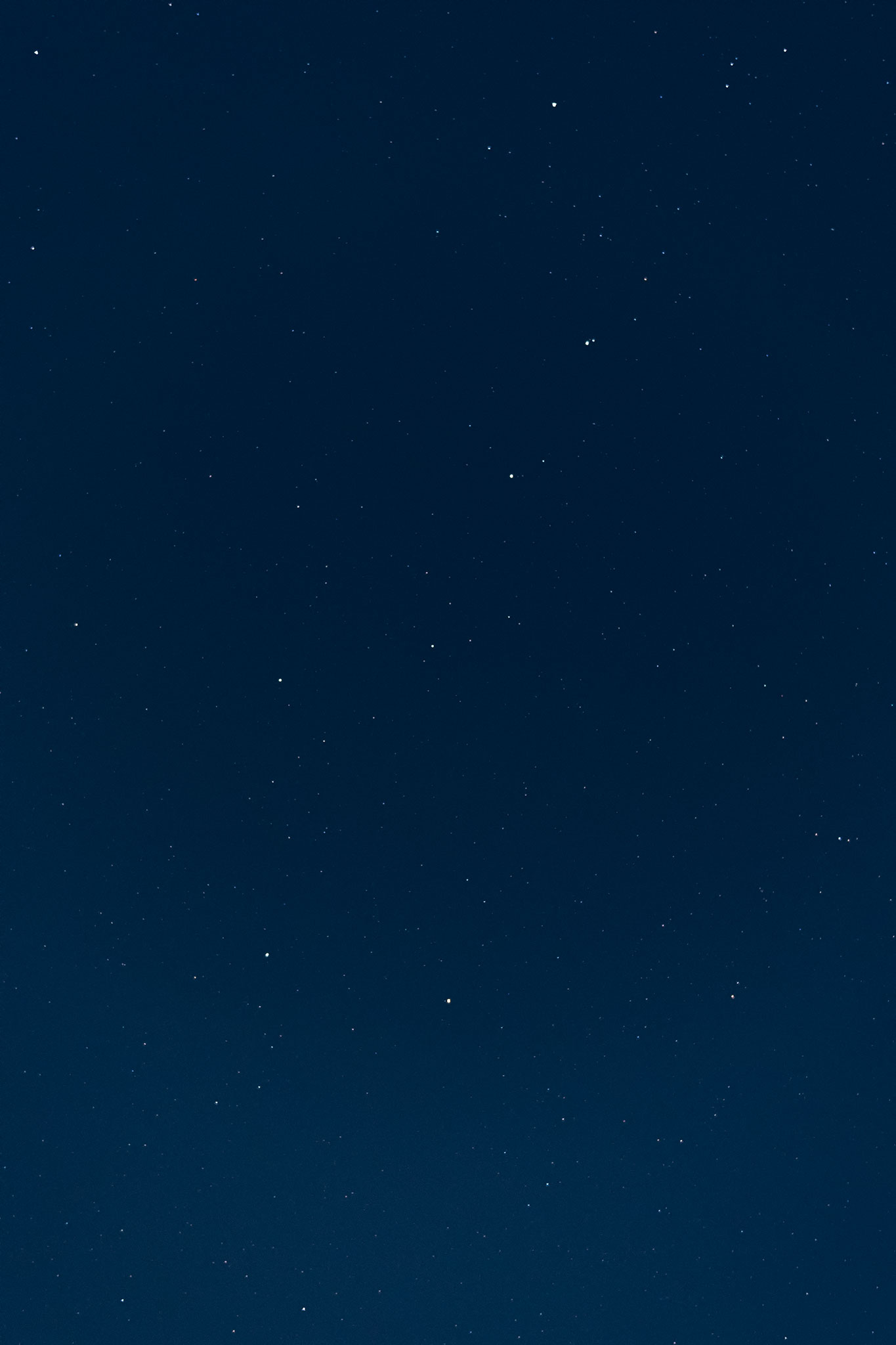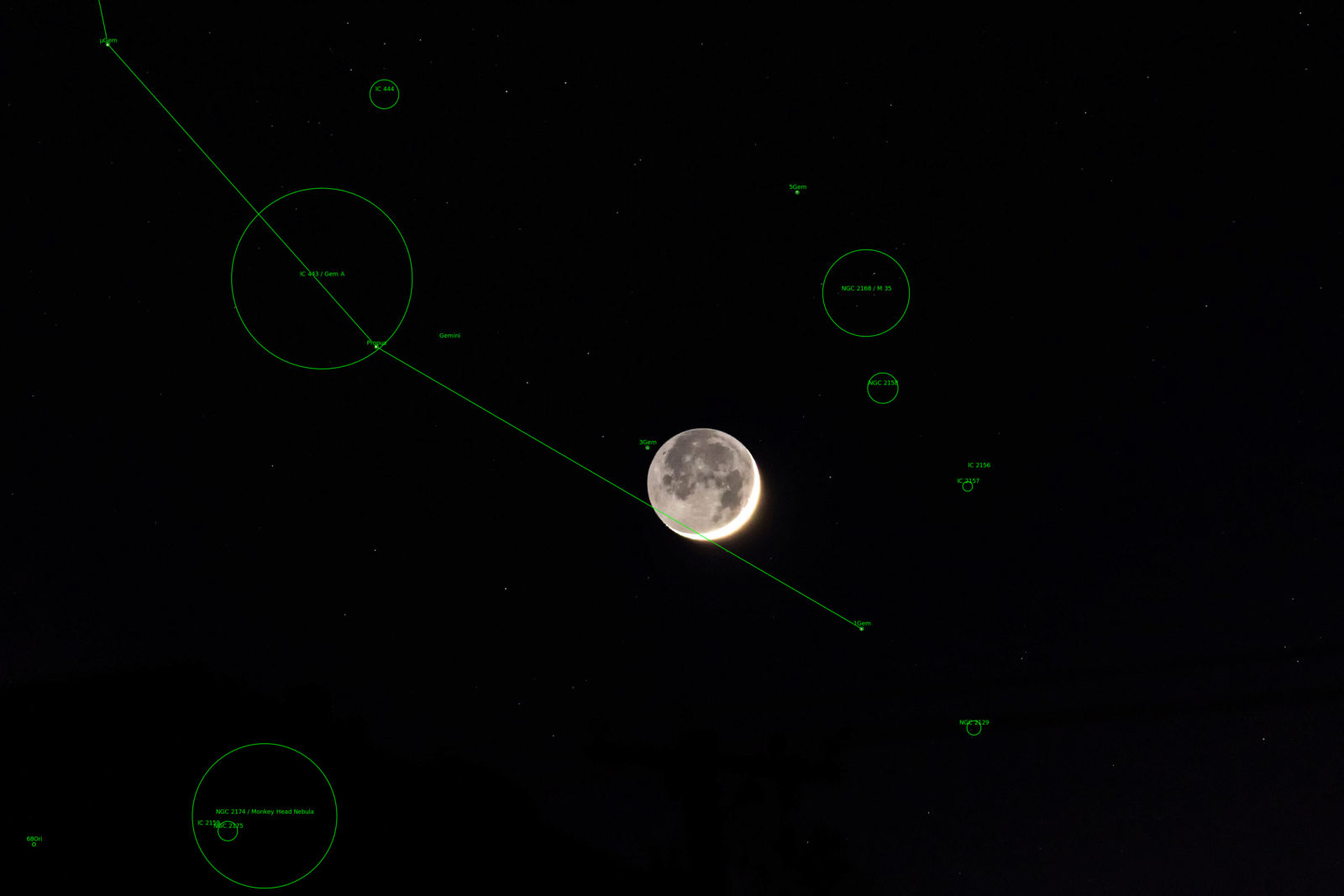
Got all the stars in the handle this time. Next time, I’ll try to get Polaris as well.


Got all the stars in the handle this time. Next time, I’ll try to get Polaris as well.

One of the easier to find star patterns in the night sky. The Big Dipper is composed of these seven stars: Phecda, Merak, Dubhe, Megrez, Alioth, Mizar and Alkaid (which I inadvertently cut off),

Been cloudy as of late. I found a rare few minutes last night when the evening moon emerged from behind the cloudy layer overhead. The entire time, I could see the clouds passing in the front of the moon.

When exposing for the dark side of the crescent moon, a lot of faint stars begin to appear. This one was taken at ISO 1000, f/2.8 and 1/5s.

If you are curious about the stars in your photographs, you can upload them to Astrometry.net, which will identify them with an overlay.

Testing the Mirror Up setting to see if the photograph of the moon came out any sharper.

Today, the moon rose at 9:25 AM. It will set shortly after midnight at 12:32 AM.

Last night, I took a photo of the crescent moon and Venus, the bright spot in the bottom right of the photo.

Waxing Gibbous Moon taken on the morning of April 4, 2020 with 72% illumination.

Waxing Gibbous Moon 62% illuminated on April 2, 2020. Used camera lens instead of telescope this time.

First Quarter Moon with 51% illumination. The full moon will arrive in a week on April 8, 2020.

Found an old hard drive and decided to take it apart to see how it looked inside. This drive, manufactured in 2008, boasted a capacity of 500GB, which is larger than the default storage for the current base model MacBook Air. Of course, hard drives are much slower than modern SSDs.